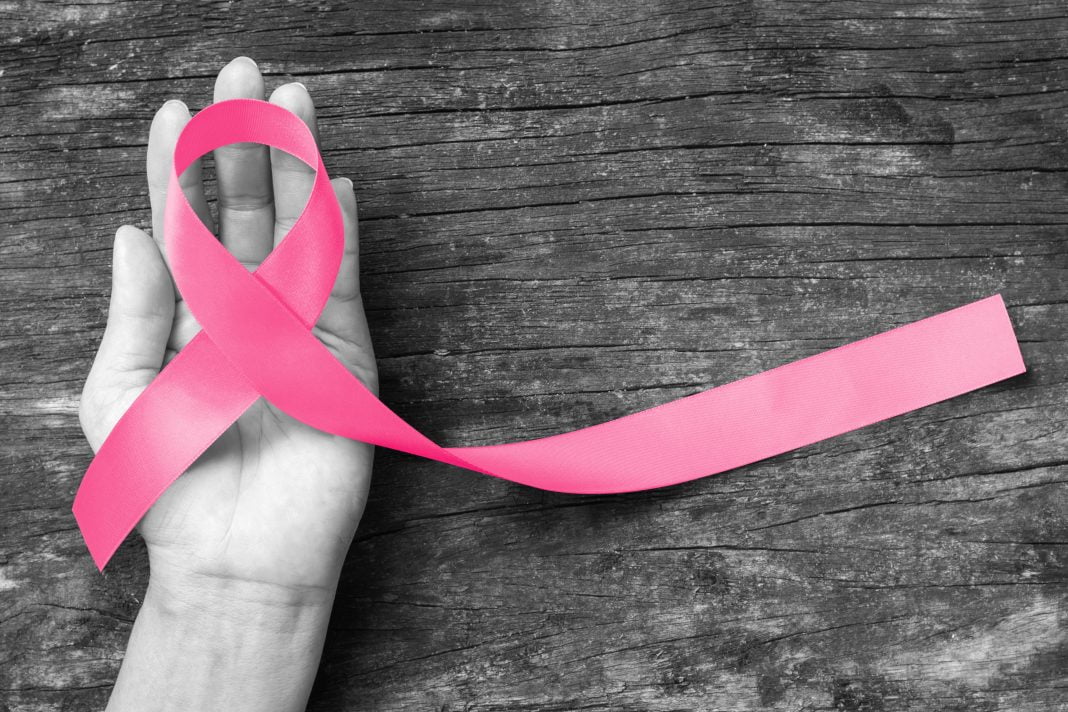Many notable organisations and groups spread awareness for breast cancer in Australia, raise much-needed funds for services and create a safe space for people diagnosed with the disease to share their stories and connect with others.
Every pharmacy should offer such a space for people diagnosed with cancer, demonstrating support for those affected in their community.
In the October issue of Retail Pharmacy Assistants e-magazine, we present statistics that underscore the prominence of breast cancer cases and look at what pharmacy workers can do to promote their store as a safe space that supports fund-raising and awareness-raising efforts for breast cancer patients and those close to them and contributes to relevant community initiatives.
Sobering stats
Of all new cancer cases diagnosed in 2022 in Australia, an estimated 12.7 per cent were breast cancer cases, affecting 20,640 females and 212 males. The total of female deaths from breast cancer last year was 3178, with 36 males dying from the disease. Having been the second most commonly diagnosed cancer in Australia in 2018, after prostate cancer, breast cancer was expected to remain as the second most diagnosed last year.1<superscript>
Causes of breast cancer
Factors that can increase the chance of being diagnosed with breast cancer include:2
- Increasing age.
- Family history.
- Inheritance of mutations such as BRCA2, BRCA1.
- Exposure to female hormones (natural and administered).
- Starting a period before the age of 12.
- A previous breast cancer diagnosis.
- A past history of certain non-cancerous breast conditions.
Lifestyle factors that can also increase the chance of breast cancer in men and women include:2
- Being overweight.
- Not enough physical activity.
- Drinking alcohol.
Signs and symptoms
Not everyone with breast cancer shows symptoms, so every person should be screened by a mammogram or undergo physical examination by a doctor. The physical symptoms that can be noted include:2
- New lumps or thickening in the breast.
- Sore nipples, change in shape.
- Nipple discharge or turning in.
- Changes in the size or shape of the breast.
- Breast skin dimpling.
- Discomfort or swelling in the armpit.
- Rash or red swollen breasts.
- Ongoing pain unrelated to a menstrual cycle and remaining after the period occurs.
Treatment
A person’s doctor will determine what the best course of treatment is for each individual on the type of cancer they’re diagnosed with, its stage and grade, size, and whether the cells are sensitive to hormones. Most women with the disease will undergo surgery for breast cancer and also receive additional treatment afterwards, including chemotherapy, hormone therapy or radiation.3
How to get involved as a pharmacy
Some of the organisations and foundations that help provide funds and services to support those diagnosed with breast cancer are listed below.
- McGrath Foundation
People can support Breast Cancer Awareness Month (October) by helping to ‘decorate your town pink’ in assisting the McGrath Foundation. Whether it be streets, schools or even the pharmacy, locals can decorate their space in ‘the colour of care’ and raise funds to help ensure no one affected misses out on support from a McGrath Breast Care Nurse.
Register here: pinkisthecolour.com.au/register/pink-up-your-town/member
- Australian Breast Cancer Research
People can donate funds to cancer research using the ABCR’s website.
Donate here: australianbreastcancer.org.au/donate
- National Breast Cancer Foundation
Since 1994, NBCF has invested around $200 million into more than 600 world-class research projects across Australia.
Help raise funds and donate here: nbcf.org.au/fundraise
References:
- Cancer Australia, 2022. ‘Breast cancer’. gov.au/cancer-types/breast-cancer/statistics
- Cancer Council. ‘Breast cancer’. org.au/cancer-information/types-of-cancer/breast-cancer
- Australian Breast Cancer Research. ‘Detection and Treatment’. australianbreastcancer.org.au/about-breast-cancer/detection-and-treatment/
This feature was originally published in the October issue of RPA e-magazine.







